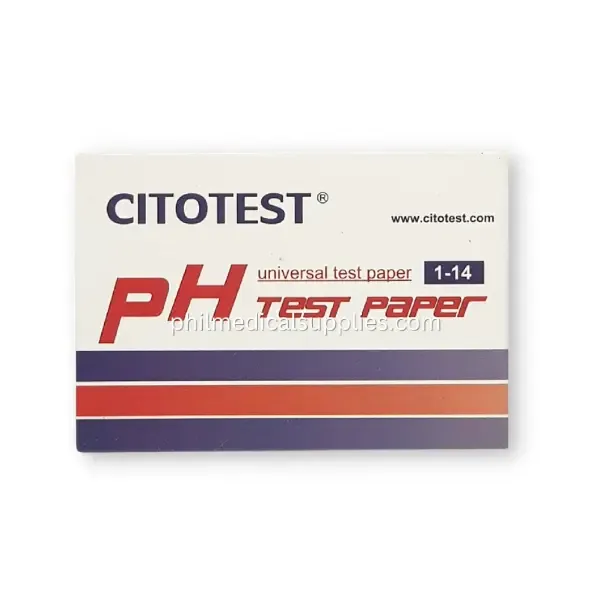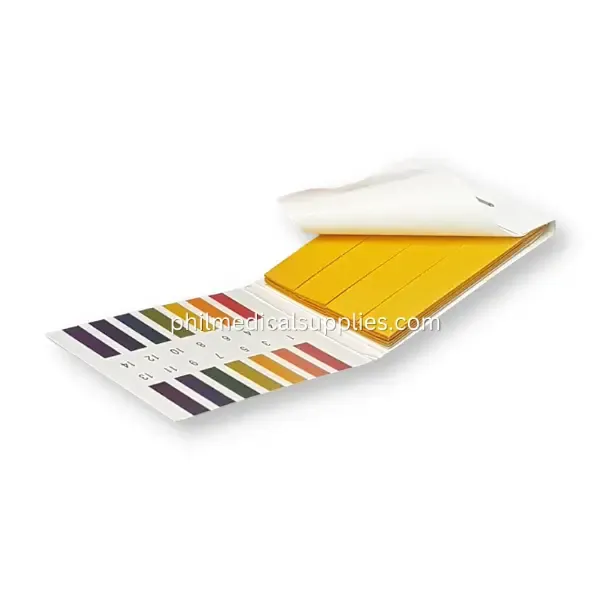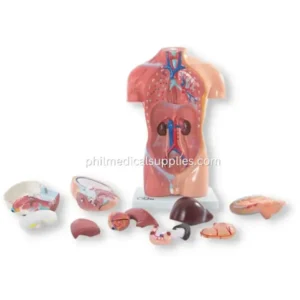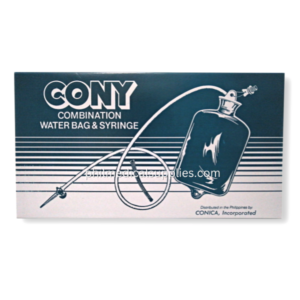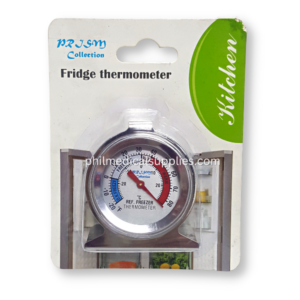A universal indicator is a pH indicator made of a solution of several compounds that exhibits several smooth color changes over a wide range pH values to indicate the acidity or alkalinity of solutions. Although there are several commercially available universal pH indicators, most are a variation of a formula patented by Yamada in 1933. Details of this patent can be found in Chemical Abstracts. Experiments with Yamada’s universal indicator are also described in the Journal of Chemical Education.
A universal indicator is usually composed of water, 1-Propanol, phenolphthalein, sodium hydroxide, methyl red, bromothymol blue, Sodium bisulfite, and thymol blue . The colors that indicate the pH of a solution, after adding a universal indicator, are
| pH range | Description | Color |
|---|---|---|
| < 3 | Strong acid | Red |
| 3–6 | Weak acid | Orange or Yellow |
| 7 | Neutral | Green |
| 8–11 | Weak alkali | Blue |
| > 11 | Strong alkali | Indigo or Violet |
The colors from yellow to red indicate an acidic solution, colors blue to violet indicate alkali and green color indicates that a solution is neutral.
| Indicator | Low pH colour | Transition pH range | High pH colour |
|---|---|---|---|
| Thymol blue (first transition) | Red | 1.2 – 2.8 | Yellow |
| Methyl orange | Red | 3.2 – 4.4 | Yellow |
| Methyl red | Red | 4.8 – 6.0 | Yellow |
| Bromothymol blue | Yellow | 6.0 – 7.6 | Blue |
| Thymol blue (second transition) | Yellow | 8.0 – 9.6 | Blue |
| Phenolphthalein | Colourless | 8.3 – 10.0 | Fuchsia |

